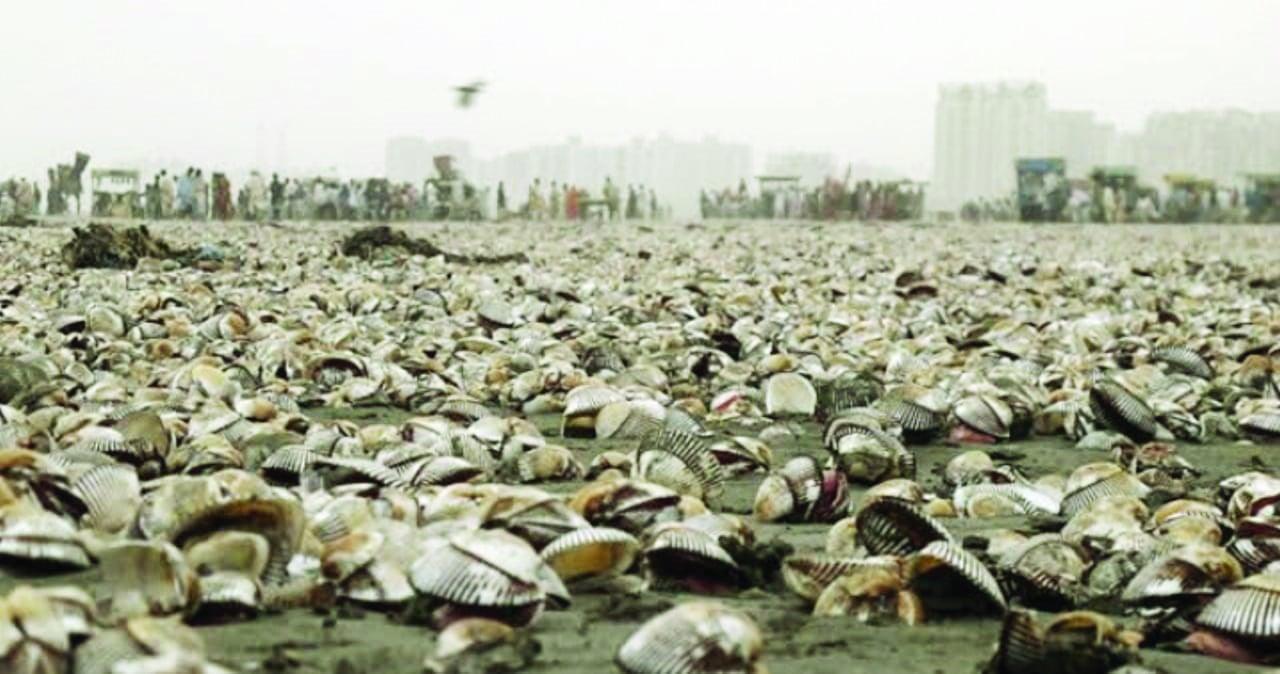Karachi:
Friday, a rare and extraordinary natural occurrence attracted large crowds to Clifton Beach, while millions of oysters were found on the ground on a large expanse of coastline.
According to eyewitnesses, many oysters were still alive, creating a surreal scene that attracted both residents and beach lovers. Visitors gathered along the beach, collecting oyster shells like memories and taking pictures of the show.
Marine experts attribute the phenomenon to the evolution of wind models that have triggered strong tidal currents. Moazzam Khan, WWF-Pakistan technical advisor, said that the change in the wind direction had caused powerful waves that made the oysters back and finally at the shore. “While marine pollution often leads to the mortality of oysters, the presence of living oysters suggests that the action of the tides, rather than contamination, was the main cause,” he added.
Khan also identified a huge part of the species washed on the ground like blood clams, a type of sea bivalve. The beach, he said, was heavily strewn with large and small oysters, indicating the scale of the event.
Subsequently, the Clifton Cantonment Board launched a cleaning operation using heavy machines to clear the beach of oyster remains, which had started to emit a strong odor due to the decomposition in the stifling heat.
Oysters are marine molluscs known for their hard protective shells. In many countries, including Thailand, China, South Korea, Malaysia and Indonesia, oyster meat is considered a delicacy. Certain species, such as pearl oysters, can produce natural pearls, although they are only rarely – generally in a small fraction of samples.
Oyster shells are commonly observed on the beaches around the world, but they are generally empty without living organism inside, which is dead naturally or has been consumed by predators. Most oysters live buried in river foundations or beds, certain species living for several years. North America is known to accommodate the greatest diversity of oyster species.
Oyster shells have long been used in the production of jewelry and decorative items, in particular those containing pearls formed under high pressure in the mollusk over time.




